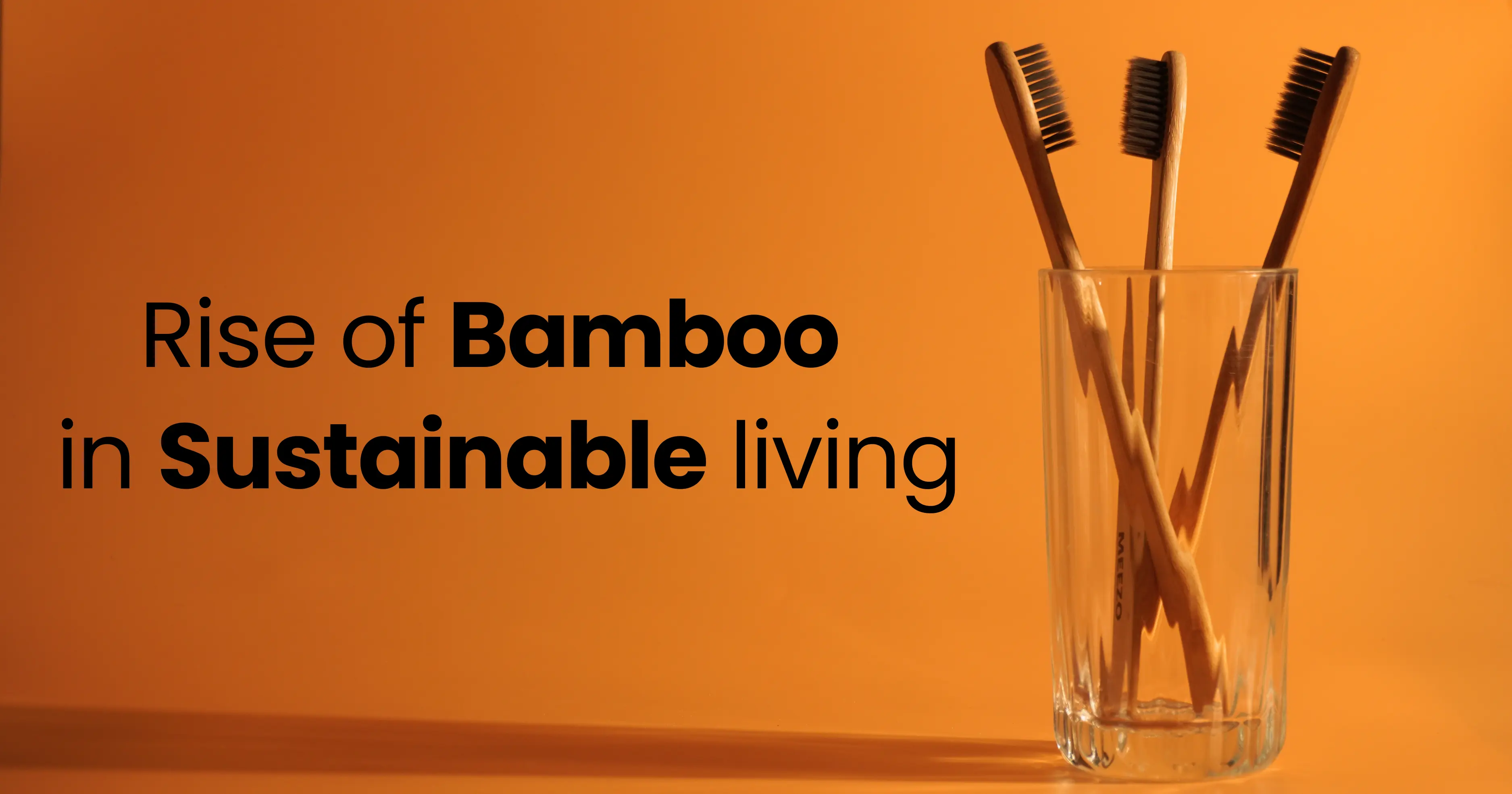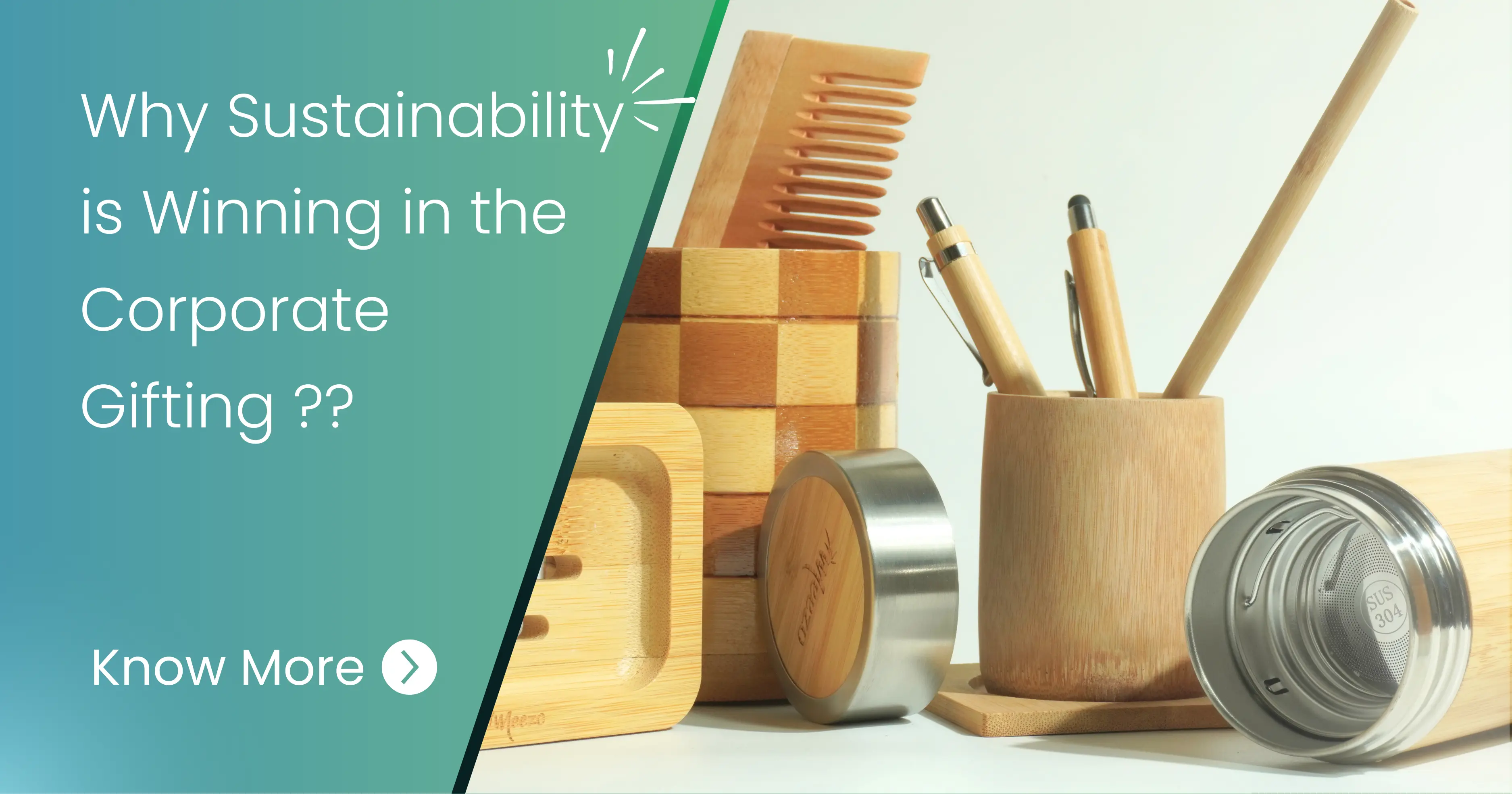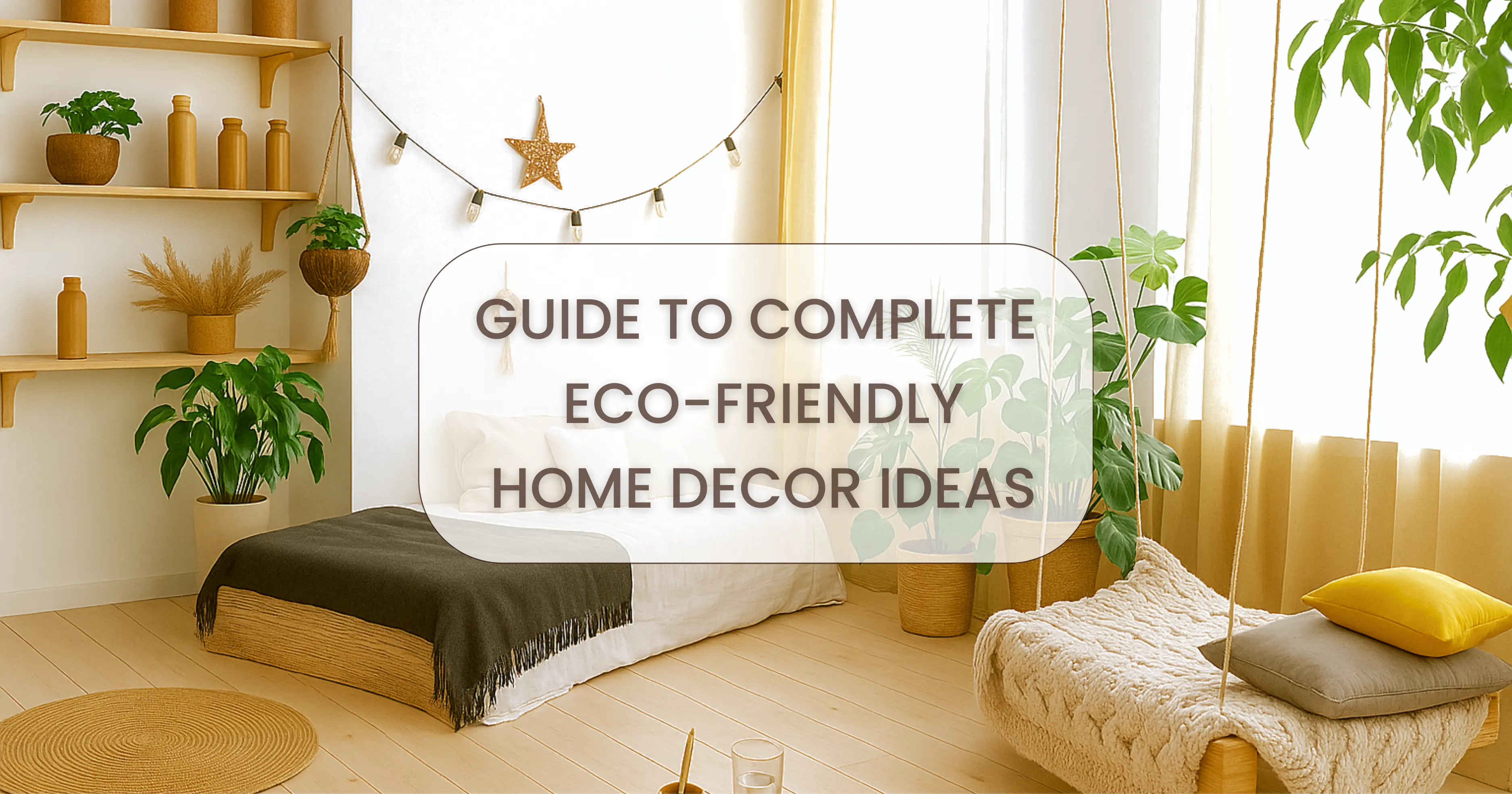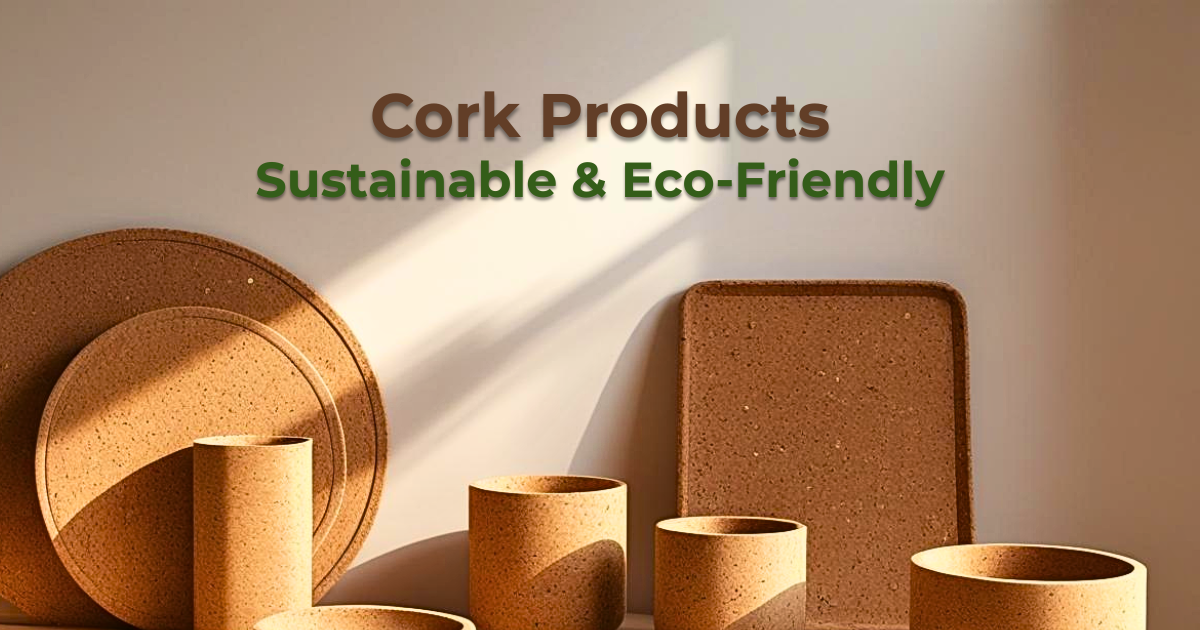

The Rise Of Bamboo In Sustainable Living
The Rise of Bamboo in Sustainable Living
Introduction: A Simple Plant, A Big Answer
What if one plant could help us fight climate change, reduce plastic waste, and support communities all at once? That plant already exists—and it’s bamboo. Once overlooked, bamboo is now being rediscovered as one of the most powerful tools for sustainable living. From toothbrushes to buildings, it’s shaping a greener, smarter future.
Why Bamboo Deserves Attention
When people talk about eco-friendly choices, the focus is often on recycling or cutting down waste. But a truly sustainable future needs new materials that work better for both people and the planet. Bamboo stands out for three big reasons:
- Speed: It’s one of the fastest-growing plants on Earth. Some species can grow nearly a meter in just 24 hours.
- Low impact: It needs little water, no pesticides, and grows well even on poor soil.
- Climate benefits: Bamboo absorbs huge amounts of carbon while releasing more oxygen than many trees.
This makes bamboo more than just “green.” It’s a renewable resource that can reshape industries.
Everyday Products Reinvented
The rise of bamboo is most visible in the products we use daily. Small changes in these areas are having a big impact:
- Personal care: Bamboo toothbrushes and combs are replacing billions of plastic ones thrown away each year. Brands like Meezo are making eco-friendly oral care stylish and practical.
- Fashion: Bamboo fabrics are soft, breathable, and biodegradable, making them an eco-friendly alternative to synthetic fibers.
- Homes: Bamboo bowls, straws, furniture, and even flooring combine style with durability.
- Packaging: Using bamboo pulp instead of wood helps reduce deforestation.
In India, bamboo has always been part of everyday life from handcrafted baskets to mats and rural housing. Today, the same tradition is being reimagined for modern households, making bamboo both familiar and future-ready.
Bamboo in Design and Architecture
For centuries, bamboo has been used in traditional housing across Asia and India, where entire homes, bridges, and even schools have been built with it. Today, architects are rediscovering its potential.
What makes it special? Bamboo is stronger than many hardwoods and even rivals steel in tensile strength. This makes it perfect for earthquake-resistant structures. At the same time, its natural beauty creates warm, calming spaces that concrete and steel can’t match.
From eco-resorts in Bali to green housing in Indian states like Kerala and Assam, bamboo architecture shows that sustainable living can be both practical and stylish.
More Than a Material: A Social Impact
The bamboo movement isn’t just about the environment. It’s about people too.
- Rural jobs: Bamboo farming and crafts support livelihoods in Asia, Africa, and especially India—where over 8 million people depend on bamboo-based industries.
- Low-cost farming: Because it grows so fast with little input, it’s accessible to small farmers.
- Cultural heritage: In India, bamboo weaving and furniture-making are age-old traditions. Reviving these crafts keeps culture alive while offering eco-friendly alternatives.
Choosing bamboo products, whether from local artisans or sustainable brands like Meezo, supports both the planet and people.
The Challenges Ahead
Despite all its benefits, bamboo isn’t a perfect solution.
- Large-scale plantations, if poorly managed, can harm biodiversity.
- Shipping bamboo products across continents increases carbon emissions.
- Many people are still unaware of bamboo alternatives or hesitant to switch.
The answer lies in responsible farming, local sourcing (like India’s growing bamboo sector), and consumer education. With the right approach, bamboo can deliver on its full promise.
How to Bring Bamboo Into Your Life
Adopting bamboo doesn’t mean changing your lifestyle overnight. Start with small steps:
- Try a bamboo toothbrush or straw.
- Choose bamboo towels, clothing, or bedsheets.
- Add bamboo furniture or décor pieces to your home.
- Replace plastic gifts with bamboo alternatives.
- Support eco-conscious brands like Meezo, which make it easier to switch.
Each simple swap reduces waste and supports a healthier planet.
The Road Ahead for Bamboo
Looking forward, bamboo’s role in sustainability will only grow. In India, the government has already set up the National Bamboo Mission to encourage bamboo farming and reduce dependence on imported wood. Researchers are also working on bamboo-based bioplastics, renewable fuels, and construction composites.
In the near future, bamboo could move beyond being a material for everyday items—it could power industries, replace polluting materials, and become a backbone of the green economy.
Conclusion: Nature’s Answer to a Greener Future
Bamboo is not just another eco-friendly option. It’s a reminder that sometimes the smartest solutions are also the simplest. This humble grass is strong enough to build houses, gentle enough to make fabric, and sustainable enough to inspire a lifestyle shift.
By choosing bamboo,whether handcrafted in Indian villages or offered by eco-brands like Meezo, we’re choosing a future where style, comfort, and responsibility go hand in hand. The rise of bamboo in sustainable living shows us that real change can start with something as small as the choices we make every day.











2 comments